US stocks: Wall Street ends down sharply; investors fret over economy
Wall Street ended sharply lower on Thursday on worries that the Federal Reserve’s aggressive fight against inflation could hobble the U.S. economy, and as investors fretted about a rout in global currency and debt markets. With tech heavyweights Apple Inc and Nvidia Corp slumping more than 4%, the Nasdaq sank to near its lowest level of 2022, set in mid-June.
The S&P 500 touched lows last seen in November 2020. Down more than 8% in September, the benchmark is on track for its worst September since 2008. A sell-off in U.S. Treasuries resumed as Fed officials gave no indication the U.S. central bank would moderate or change its plans to aggressively raise interest rates to bring down high inflation.
Also read| Reliance, PNB, Hero MotoCorp, Adani Power, Lupin, Bajaj Electricals, Rail Vikas Nigam stocks in focus
“Good news is bad news in that today’s job number again reiterates that the Fed has a long way to go,” said Phil Blancato, head of Ladenburg Thalmann Asset Management in New York. “The fear in the marketplace is that the Fed is going to push us into a very deep recession, which will cause an earnings recession, which is why the market is selling off.”
The most traded stock in the S&P 500 was Tesla Inc, with $20.8 billion worth of shares exchanged during the session. The shares declined 6.8%.The yields on many Treasuries, which are considered virtually risk-free if held to maturity, now dwarf the S&P 500’s dividend yield, which recently stood at about 1.8%, according to Refinitiv Datastream.
Also read| Bears may drag Nifty to 16650 once 16700 support breached; 5 things to know before market opening bell
The S&P 500 dropped 2.11% to end the session at 3,640.47 points.The Nasdaq declined 2.84% to 10,737.51 points, while the Dow Jones Industrial Average declined 1.54% to 29,225.61 points.Volume on U.S. exchanges was relatively heavy, with 11.6 billion shares traded, compared with an average of 11.4 billion shares over the previous 20 sessions.
All 11 S&P 500 sector indexes declined, led lower by utilities, down 4.06%, followed by a 3.37% loss in consumer discretionary.Declining stocks outnumbered rising ones within the S&P 500 by an 11.6-to-1 ratio.Meta Platforms ended down 3.7% after Bloomberg reported the Facebook owner froze hiring and warned employees of more downsizing to come.
CarMax Inc slumped nearly 25% after the used-car retailer missed expectations for second-quarter results, hurt by consumers cutting spending amid inflation, rising interest rates and higher car prices. General Motors Co and Ford Motor Co fell more than 5% each. Airline carriers and cruise operators fell on canceled or delayed trips after Hurricane Ian hit Florida’s Gulf Coast with catastrophic force. American Airlines, United Airlines Holdings and Delta Air Lines each lost more than 2%.Cruise ship operators Norwegian Cruise Line Holdings Ltd dropped 5.3% and Carnival Corp fell 6.8%.The S&P 500 posted no new highs and 106 new lows; the Nasdaq recorded 14 new highs and 518 new lows.
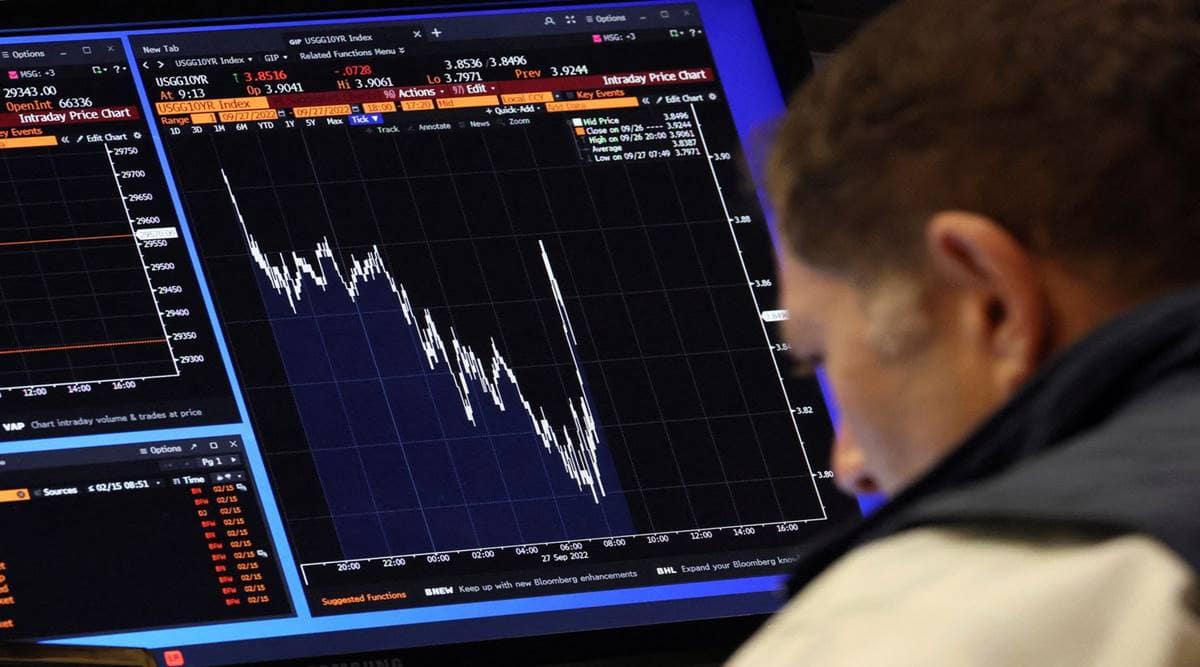
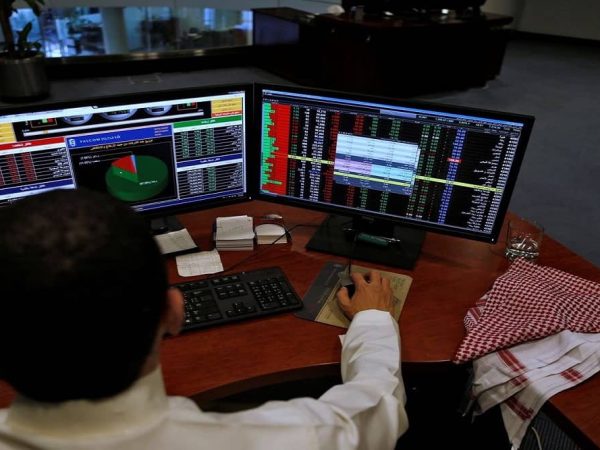
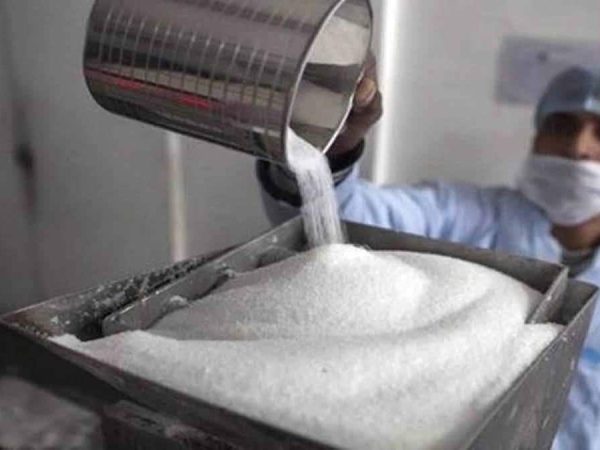
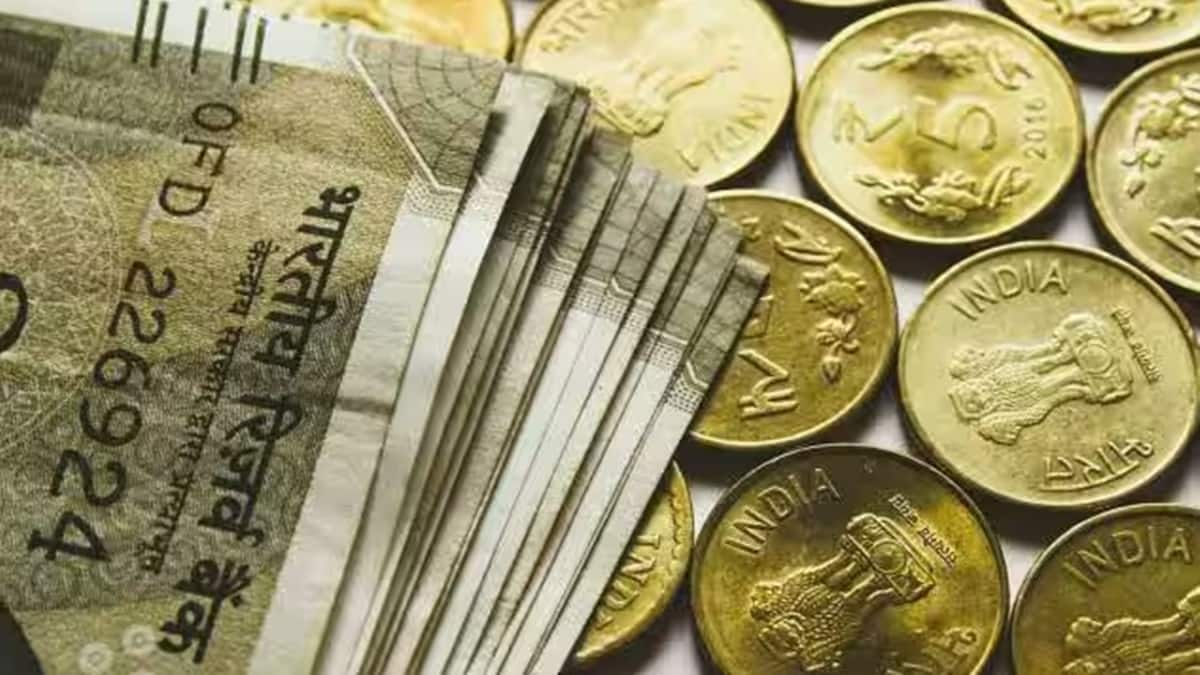
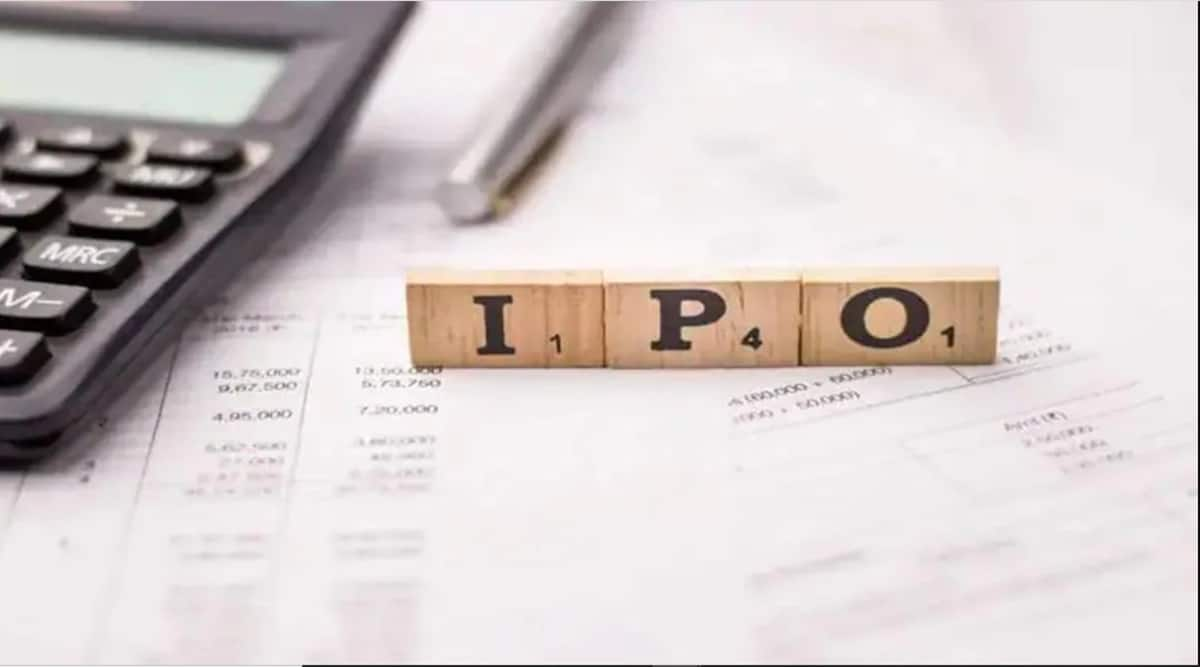
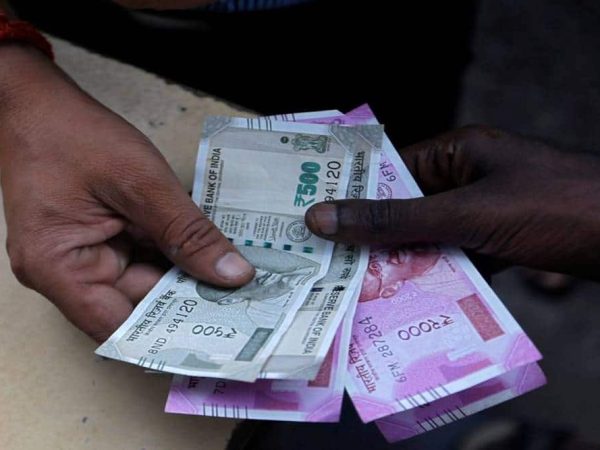
Recent Comments